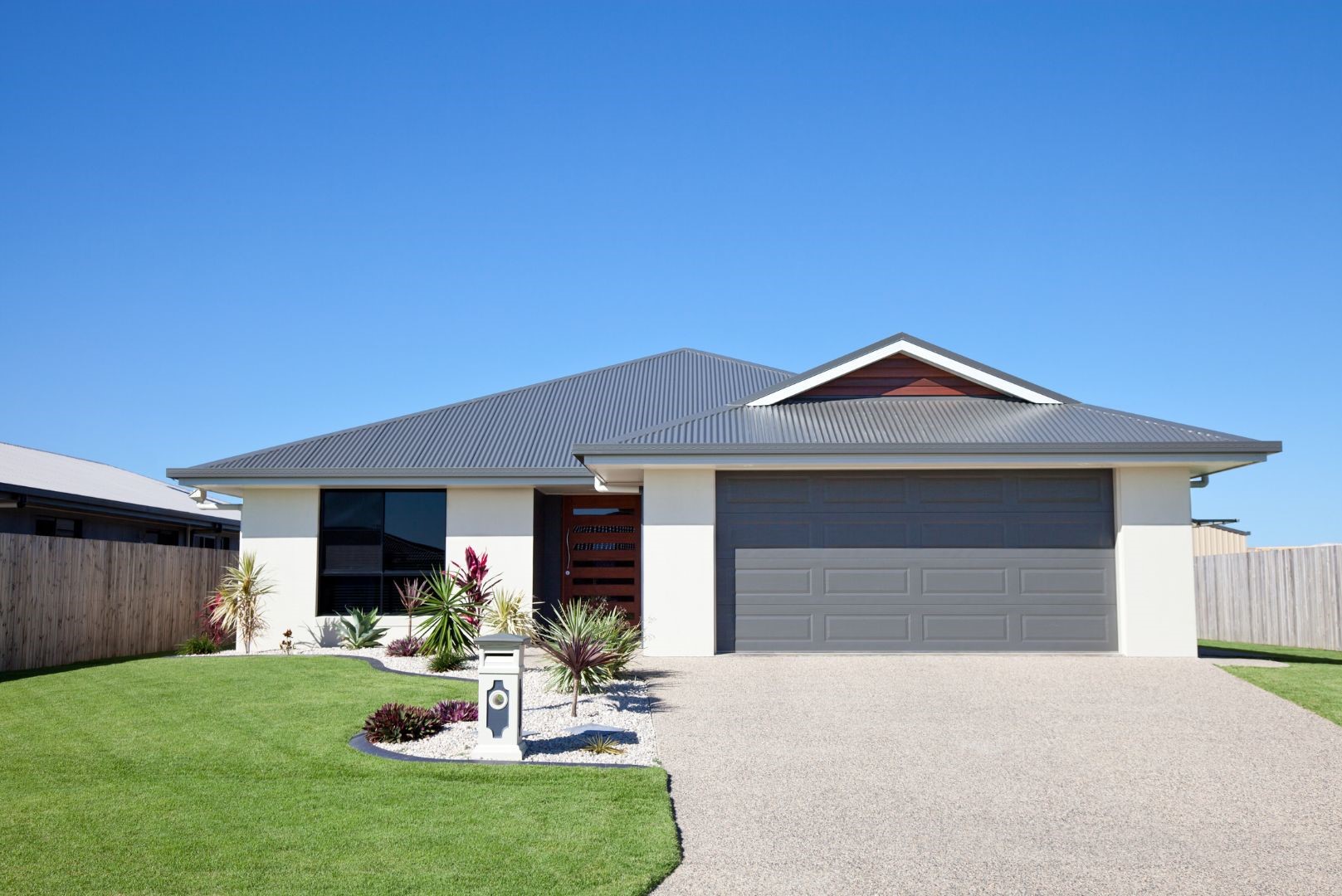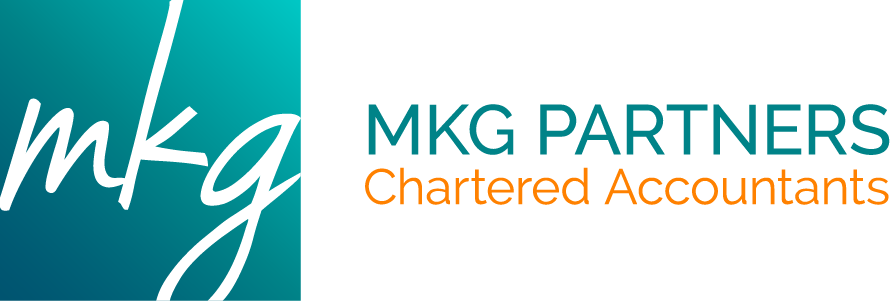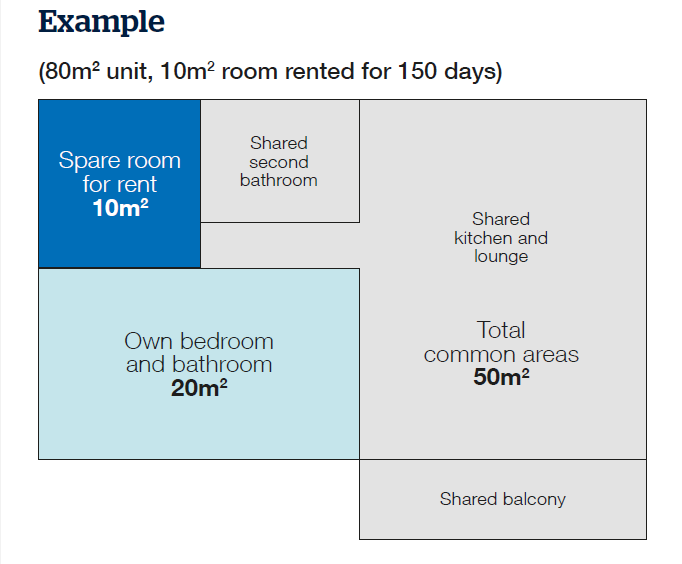Rental Expenses Explained: What You Can and Cannot Deduct
As a rental property owner, knowing which expenses you can deduct is crucial for maximising your tax savings and ensuring compliance with the Australian Taxation Office (ATO). This blog will guide you through the various types of rental expenses, including those you can claim immediately, those that must be spread over several years, and those that are non-deductible.

Categories of Rental Expenses
- Immediate Deductions: Expenses you can claim in the same year you incur them.
- Deductions Over Several Years: Expenses that must be spread out over multiple years.
- Non-Deductible Expenses: Costs that cannot be claimed as deductions
Immediate Deductions
Some expenses can be claimed right away in the year they are incurred. These include:
- Advertising for Tenants: Costs for advertising your property to find tenants.
- Bank Charges: Fees charged by your bank related to your rental property.
- Body Corporate Fees and Charges: Regular payments for administration and maintenance.
- Cleaning and Maintenance: Costs for cleaning and maintaining the property.
- Council Rates: Local council rates for the property.
- Insurance: Including building, contents, and public liability insurance.
- Interest on Loans: Interest paid on loans used to purchase the rental property.
- Legal Expenses: Legal costs for evicting tenants or recovering unpaid rent.
- Pest Control: Costs for pest inspections and treatments.
- Property Management Fees: Fees paid to property managers for their services.
- Repairs and Maintenance: Costs for repairing and maintaining the property.
- Stationery and Postage: Costs for office supplies and postage related to the rental property.
- Telephone and Internet: Costs for phone calls and internet use directly related to managing the property.
Deductions Over Several Years
Some expenses must be spread out over several years:
- Depreciating Assets: The decline in value of items like appliances and furniture.
- Capital Works: Construction costs for building or significant improvements to the property.
Non-Deductible Expenses
- Private Expenses: Costs for periods when the property is used for personal purposes.
- Capital Expenses: Costs of buying or selling the property.
- Non-Income Producing Expenses: Expenses for properties not genuinely available for rent.
Important Note: When you hire a contractor for services and repairs connected with your rental property, you will need to check they have an Australian business number (ABN). If they do not provide you with their ABN, you may have to withhold 47% from the payment you make to them and transfer that withheld amount to ATO. You may not be able to claim deductions for these expenses if you don’t withhold when you were required to. Read more at ATO.
Apportioning deductions
- The time the room or property is rented or occupied for payment.
- The portion of the property that is rented out (e.g. a room or the entire property).
Apportioning expenses for partial rentals
Jane decides to rent out the spare room using a digital platform to earn extra income. The total size of her unit is 80 square metres, and the room being rented is 10 square metres.
The room is occupied by paying guests for 150 days in the year.
To calculate the portion of her expenses she can claim, Jane considers two factors:
- The proportion of the unit’s space used for renting the room: 10 square metres out of 80 square metres = 10/80 = 0.125 (12.5%).
- The proportion of time the room is rented out: 150 days out of 365 days = 150/365 ≈ 0.411 (41.1%).
Based on these calculations, Jane can claim 12.5% (room occupancy) × 41.1% (time rented) ≈ 5.13% for her general expenses related to the rented room.
Calculation for Rented room (claim 100% for days rented)
Calculation for Common areas (claim 50% for days rented)
Furthermore, Jane can claim 100% of the expenses directly associated with renting out the room, such as the service fees or commission charged by the digital platform she uses.
Because the unit is John and Mary’s main residence, and they only vacate the place when there’s a booking, they can only claim expenses based on the time that it was rented out.
Last year, John and Mary rented out the unit for 100 nights. This means they can claim 27.93% of expenses (100 ÷ 365 × 100%).
John and Mary can claim 100% of the expenses associated solely to renting out the unit, such as the platform’s service fees or commission.
At MKG Partners, we understand the importance of both maximising your tax deductions and ensuring compliance with tax regulations. Our team at MKG Partners can work with you through your rentals to ensure that the correct claims are made, maximising your tax savings. Contact us now.





